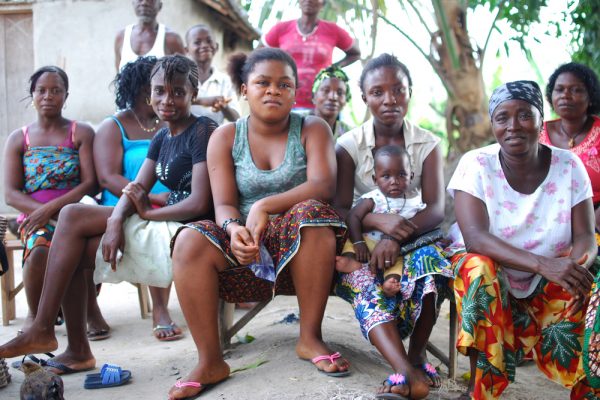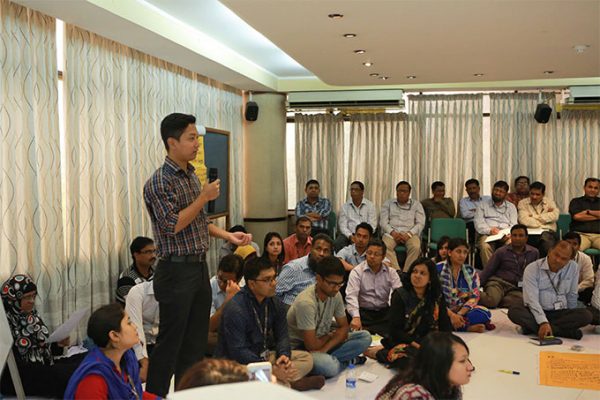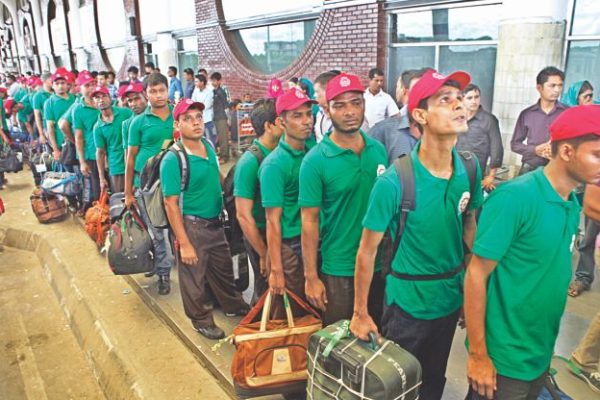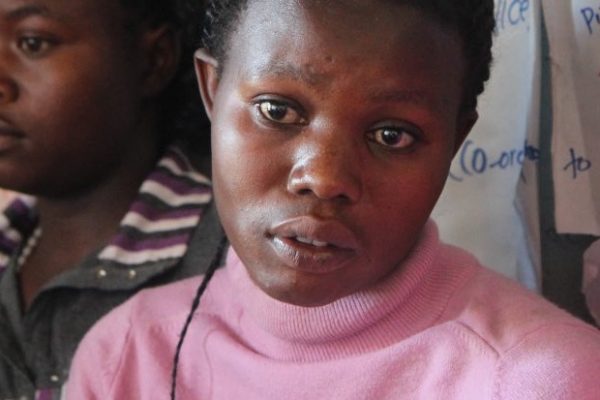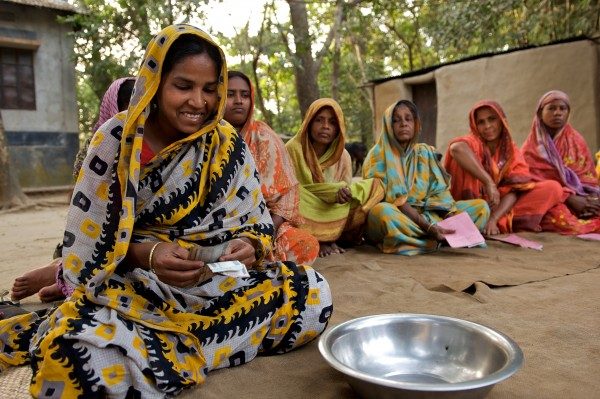
Isabel Whisson
Isabel has worked across BRAC and BRAC International for nearly a decade, with a focus on financial inclusion, ultra-poor graduation, and more recently, climate resilience. Her work at BRAC has taken her from capturing financial innovations in Bangladesh and post-epidemic resilience in West Africa, to guiding multilateral and government policy change on extreme poverty reduction in countries in Asia and Africa. She was an architect of the Ultra-Poor Graduation Initiative's "audacious" strategy. Isabel has a Masters in International Public Policy from University College London.




